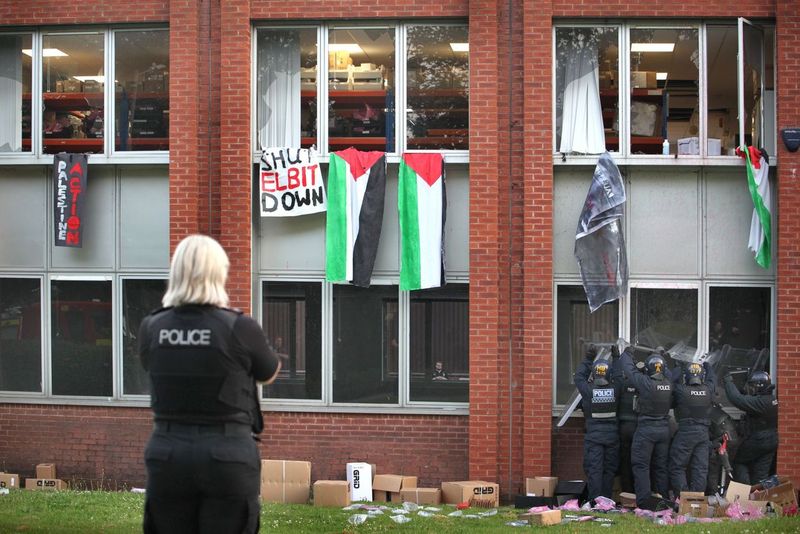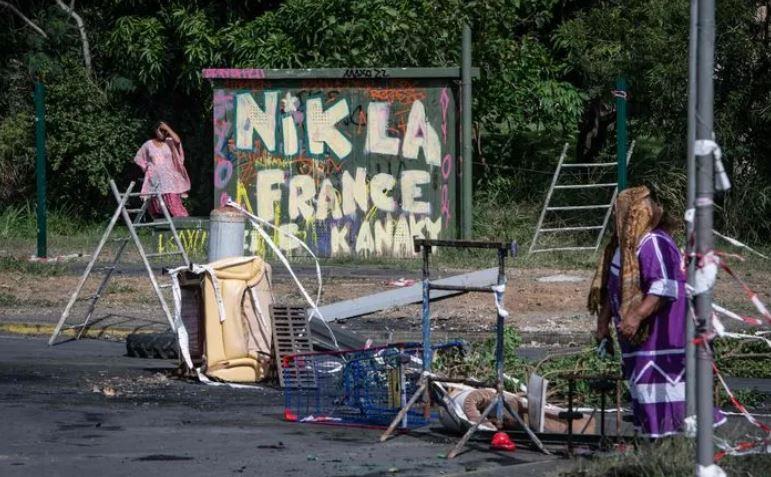A poignant story of a couple struggling to understand each other with the backdrop of Europe as a crossroads
For anyone thinking about war, refugees and displaced people in these distressing times, Sharif Gemie’s The Displaced is a timely and important intervention. The author has been here before. As an academic historian he published Outcast Europe. Revisited as a novel, the author goes beyond the constraints of history to produce a novel reflecting on displacement – individual and collective. While the story unfolds largely in the rubble of post-1945 Europe, it remembers the war’s impact on the colonized Middle East and the Made-in-Britian Bengal famine. For the main characters, Edmund and Eleanor, 1945 represents the opportunity for a better world.
We meet Edmund Jenkin looking back on his life after his wife, Eleanor, has tragically died, leaving him searching for his ‘own story’ and trying to ‘clam the storm’ in his mind (p.17). They had met through a mutual friend, Muriel, who worked in Edmund’s secondhand bookshop in London. After a short flight to Somerset, away from the Blitz, they return to London. Edmund is unable to fight because of a diagnosis of epilepsy, but volunteers for the fire service. Then, in April 1945, Edmund and Eleanor join the United Nations Relief and Rehabilitation Administration (UNRRA), leaving Muriel in London. When they arrive in France, they are trained in working with displaced persons (DPs) and idealistically hope that ‘a new world is created on the ruins of the old’ (p.73). Yet already complexity is introduced: the old world is still there. American modernity has racial segregation and backward-looking Britain, or at least its officer class, remains steeped in Empire – and afraid of the new ‘socialist’ government.
The UNRRA Team set out for Germany, crossing the brutalized landscape, and includes Pierre, a French doctor, and Dan, an English Communist trade unionist and secular Jew. Eleanor and Edmund dislike what they see at the border: a sign stating baldly ‘No fraternizing’. But what about those who resisted Hitler? They soon meet resisters in the form of Italian antifascist, who are left dying in a barn as the SS take flight. One of them, Matteo, had helped Eleanor as she arrived in London as a vulnerable adult and left with her his dissident, Gramscian-inflected Marxism. Our mental world is displaced as we expected the SS’s victims to be Jews. Seeing human beings as stereotypes is also challenged when the UNRRA Team meet Hildegard, a German mother who had benefited from the Third Reich. They reject simply requisitioning her home as the DP camp base in Neukirchen. Later, Dan, who had initially asserted a hatred of all things German, has a relationship with her. We meet Russian DPs, who were among the Third Reich’s slave labourers, as were the Poles, who now inhabit a morally complex world. It is Eleanor who insist that women and girls are not judged, including for prostitution or abortion.
In an ‘Interlude’, the protagonists take a holiday for health reasons in Morrocco, where the adverse impact of war as well as colonialism is felt. They meet a refugee couple from the British Mandate in Palestine and connect with them over anti-imperialism. It is only now that we discover that Eleanor is mixed race, of India heritage, her private-school accent displacing how others saw her.
When they return to the camp, it is now filled with Jewish DPs. Joel, an assimilated Jew, is willing to cooperate with UNRRA. Hanke, a survivor of the Warsaw Ghetto, is more radical and assertive. How can they overcome displacement, both individual and collective? Their families murdered, their old countries and the new international community abandoning them as a postwar ‘problem’, not heroic survivors. That came much later, when memory displaced history proper.
There is not, however, an answer to the old world reasserting itself, treading underfoot desires for a better world. Instead, the author takes us back to the beginning: Eleanor’s tragic death. In an accident based on black marketeering reminiscent of Graham Greene’s The Third Man, her efforts to collect urgently needed penicillin leads to her own death. Edmund had sent her. It is all the more poignant that the back marketeer is Pierre, who turns also turns out to be a French racist with a Nazi-type ideology.
The voice in this novel is Edmund’s. But it feels like Eleanor is the heroine. As their relationship develops, she leads the way out an old “morality” of exclusion, embracing the displaced of world. Perhaps her death is symbolic? Edmund’s survival too is symbolic. He marries Nafah, the Palestinian refugee who found him in his London bookshop, and they have a child of mixed heritage, like Eleanor. Her husband, Tawfeek, had been killed in an Arab uprising against the British Mandate. This, too, is as poignant as the novel is prescient.
~ Norry LaPorte
Sharif Gemie, The Displaced. The Abergavenny Small Press, 2024. pp.352.








